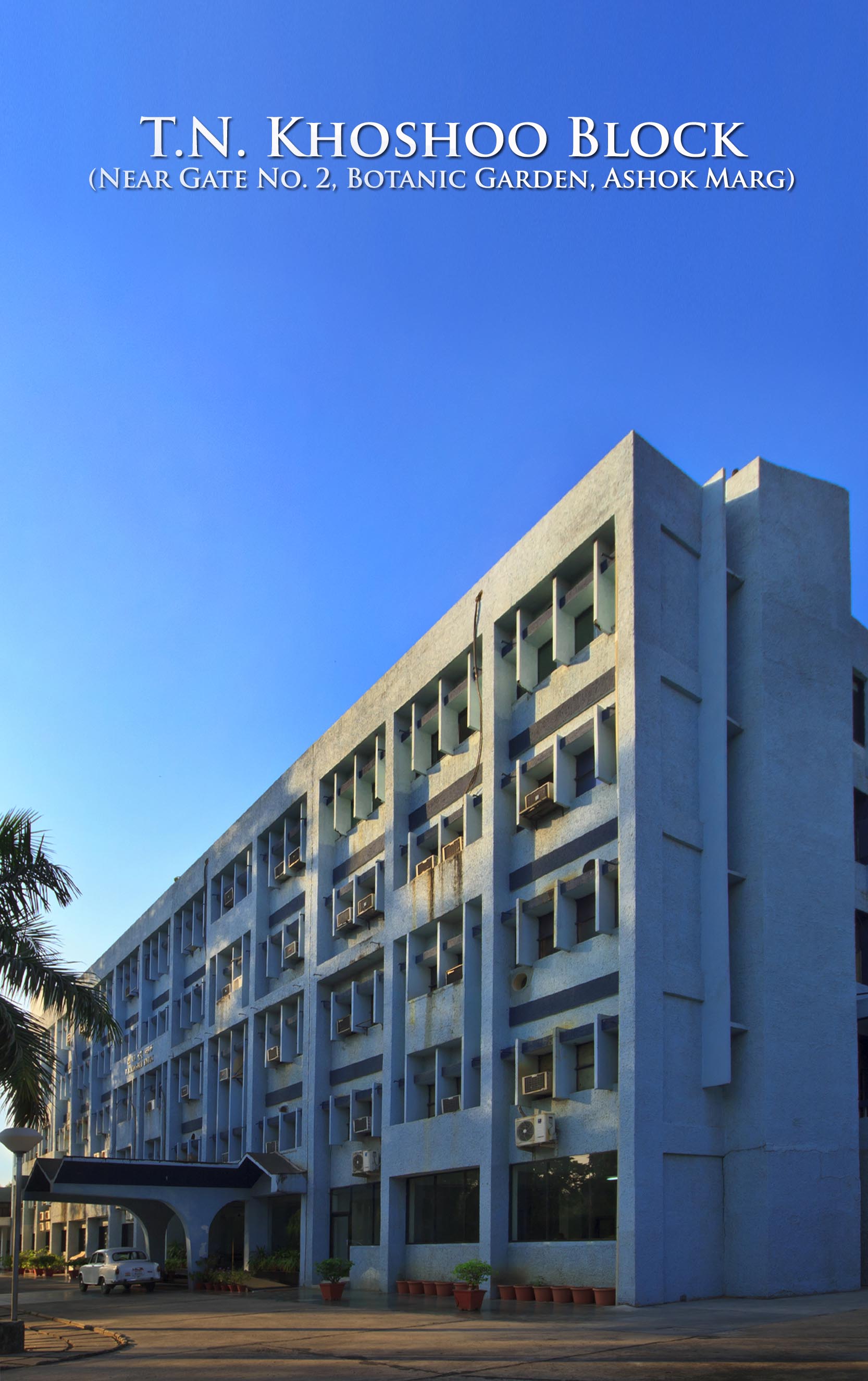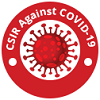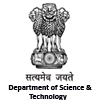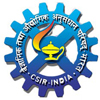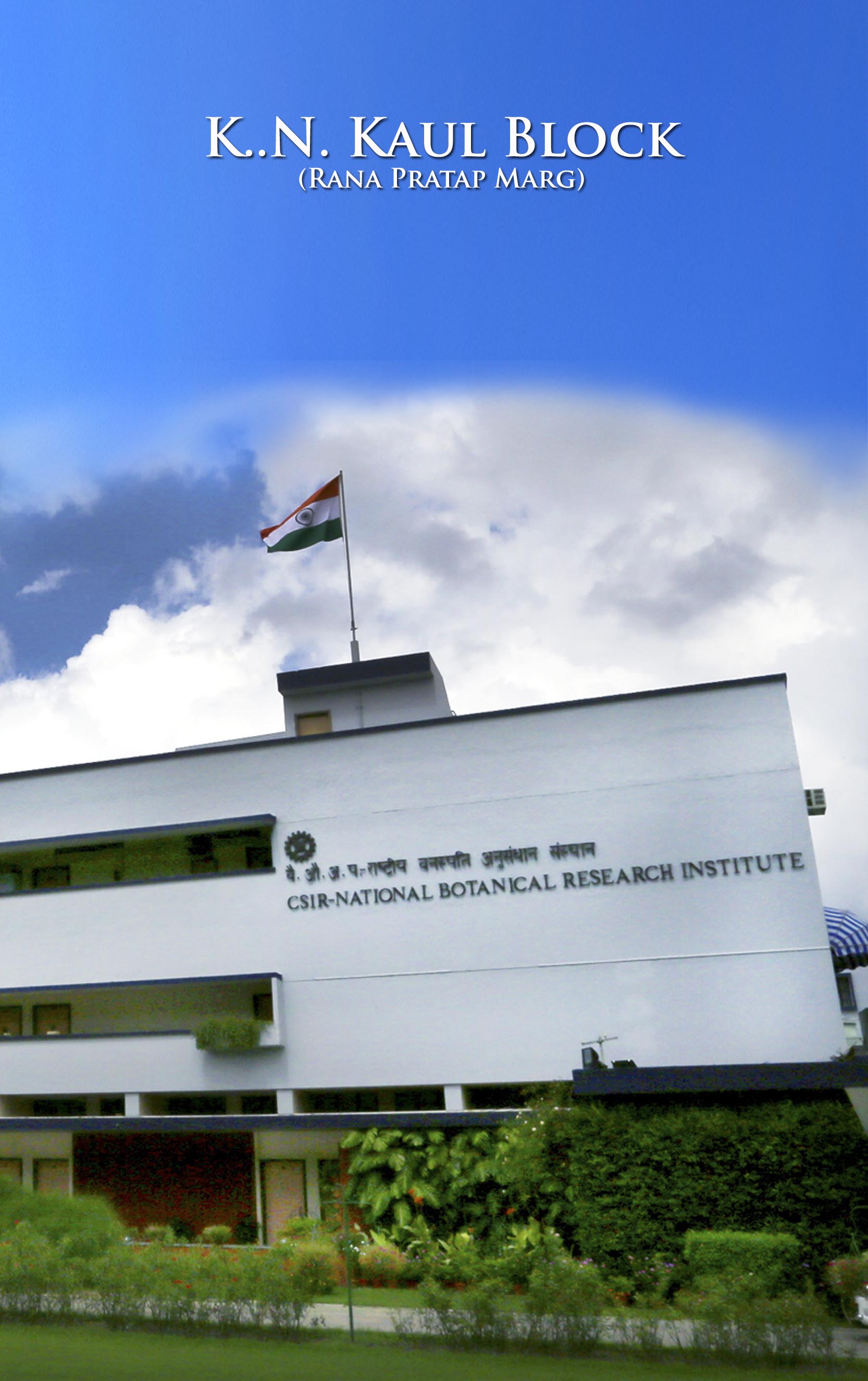

Dr. P.A. Shirke
Chief Scientist
Research Interests
Our group is interested in unrevealing as to of how plants function to various environmental cues and climate change using the system biology approach. We are using approaches such as gas exchange, stomatal behaviour, anatomical aspects, water relations parameters, carbon discriminations, Chlorophyll fluorescence, and biochemical analyses and molecular biology approach.
Dr. P.A. Shirke
Chief Scientist
Research Summary
Response of stomata to environmental determinants and ABA in Selaginella bryopteris
The microphylls of Selaginellabryopteris are anisophyllous, with two ranks of smaller dorsal microphylls and two ranks of larger ventral microphlls (Figure 1). The adaxial surface of central microphyll shows stomata arranged in rows over the central region of the microphyll only (Figs. 2A). The abaxial surface of the central microphyll shows a scattered distribution of stomata. Stomata are absent on the abaxial surface of the lateral microphyll and are widely distributed on the abaxial surface (Fig. 2B).
Our study demonstrated that S. bryopteris plants show a very poor mechanism for its stomatal regulation in response to high light, high temperature, high VPD, high CO2 and to ABA treatment. At the same time they show a high stomatal conductance leading to unrestricted rates of transpiration and a lack of capacity to optimize water use efficiency (WUE). Apparently the plant survives under desiccation by down regulation of metabolic activity and inward curling of its fronds which reduced the transpiration by reducing effective leaf area.
Photosynthetic Performance of Jatropha curcas Fruits
Jatropha curcas (L.) during winter in absence of leaves on the jatropha tree the fruits along with the bark contributes maximum towards photoassimilation. Dark respiration rates (Rd) monitored in fruit coat and seeds independently, showed maximum Rd in seeds of mature fruit and these were about five times more than its fruit coat, reflecting the higher energy requirement of the developing fruit during maximum oil synthesis stage. Photosynthesis and fluorescence parameters studied indicate that young jatropha fruits are photosynthetically as efficient as its leaves and play a paramount role in scavenging the high concentration of CO2 generated by the fruit during respiration.
Optical Properties as Marker Tools for Assessing Drought Stress in cotton
Study of leaf optical properties (reflectance Spectroscopy) begins with falling of light rays on leaf surface. Incident light is divided into three parts one which is reflected from the surface, second which is transmitted through the leaf. Third one is most important because it is absorbed into the leaves and participates in photosynthesis, fluorescence and heat dissipation. The property of reflectance is governed by the surface properties and internal structure of the plant sample, as well as by the concentration and distribution of biochemical components, and thus analysis of reflected light can be used to assess the physiological status of a plant.
The reflectance properties of different varieties of cotton were studied so as to assess drought tolerance and to use this technique as non-destructive to select tolerant varieties of cotton.
Drought induced degradation of pigments, especially chlorophyll results in change in reflectance spectra in the red spectral region. We observed that in cotton leaves under drought, light reflectance in the photosynthetically active region (PAR) region (400-700nm) increased to overcome the light stress.Theincrease in reflectance observed is due to change in water balance and pigmentation of the leaf. The reflectance and scattering coefficient spectrum with the increasing water stress increased between 600-750 nm. While the absorbance coefficient and remission functions spectra become narrower and decreased with increasing drought
Dr. P.A. Shirke
Chief Scientist
Publications
– Shirke PA*,Pathre UV, Sane PV (2018). Adaptation strategies of two leaf cohorts of Prosopisjuliflora produced in spring and monsoon. Photosynthetica (DOI: 10.1007/s11099-018-0794-8)
– Khan, F., Upreti, P., Singh, R., Shukla, P.K. and Shirke, P.A.*, Physiological performance of two contrasting rice varieties under water stress.Physiology and Molecular Biology of Plants, pp.1-13. DOI: 10.1007/s12298-016-0399-2
– Singh R., PandeyN., Kumar A. Shirke P.A.* (2016) Physiological performance and differential expression profiling of genes associated with drought tolerance in root tissue of four contrasting varieties of two Gossypium species. Protoplasma 253: 163-174, (DOI: 10.1007/ s00709-015-0800-y).
– Singh R., Pandey N., Naskar J., Shirke P.A.*(2015). Physiological Performance and Differential Expression profiling of genes associated with drought tolerance in contrasting varieties of two Gossypium species. Protoplasma252: 423-438, (DOI: 10.1007/s00709-014-0686-0).
– Ranjan S., Singh R., Singh M., Pathre U.V., Shirke P.A.* (2014) Characterizing Photoinhibition and Photosynthesis in Juvenile-red Versus Mature-green Leaves of Jatropha curcas L. Plant Physiology and Biochemistry78: 48-59, (DOI: 10.1016/j.plaphy.2014.03.007).
– Ruchi Singh, JishnuNaskar, Uday V. Pathre, P A. Shirke* (2014). Reflectance and Cyclic Electron Flow as an indicator of drought stress in Cotton (Gossypium hirsutum). Photochemistry and Photobiology 90 (3): 544-551, (DOI: 10.1111/php.12213).
– Singh R., Ranjan S., Nayaka S., Pathre U.V., Shirke P.A.*(2013). Functional characteristics of a fruticose type of lichen, StereocaulonfoliolosumNyl. in response to light and water stress. ActaPhysiologiaPlantarum May 2013, Volume 35, Issue 5, pp 1605-1615, (DOI: 10.1007/s11738-012-1203-8).
– Soni D.K., Ranjan S., Singh R., KhareP.B., PathreU.V.,Shirke P.A. * (2012). Photosynthetic characteristics and the response of stomata to environmental determinants and ABA inSelaginellabryopteris, a resurrection spike moss species.Plant Science 191-192: 43-52. (DOI: 10.1016/j.plantsci.2012.04.011).
– Ranjan S., Singh R., Soni D. K., Pathre, U.V., ShirkeP.A. *(2012). Photosynthetic performance of Jatropha curcas fruits. Plant Physiol. and Biochemistry52: 66-76. (DOI: 10.1016/j.plaphy.2011.11.008).
– Pandey V., Ranjan S., Deeba F., Pandey A.K., Singh R.,Shirke P.A.*, Pathre U.V. (2010). Desiccation-induced physiological and biochemical changes in resurrection plant, Selaginellabryopteris. Journal of Plant Physiology167:1351-1359. (DOI: 10.1016/j.plph.2010.05.001).
Dr. P.A. Shirke
Chief Scientist
Patents
Dr. P.A. Shirke
Chief Scientist
Research Scholars
Mr. Raghvendra Dubey SRF
Mr. Shiv Narayan SRF
Mr. KomalTiwari DST WOS-A Fellow
Mr. Shushma Yadav JRF
Mr. Rakesh Kumar JRF
Dr. P.A. Shirke
Chief Scientist
Address
CSIR-National Botanical Research Institute
Rana Pratap Marg, Lucknow-226001
